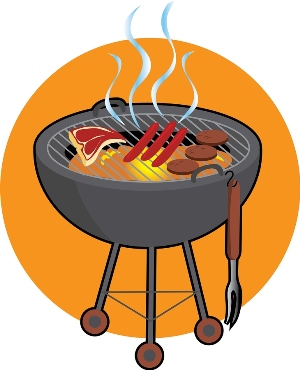 Air conditioning is not only comfortable in the heat of summer; it can be a life-saver for individuals whose health suffers in extreme heat.
Air conditioning is not only comfortable in the heat of summer; it can be a life-saver for individuals whose health suffers in extreme heat.
Not all air conditioning systems are the same, however. Here is a brief list of some of the more common types available, and their respective pros and cons.
Central Air Conditioning
If you’ve ever shopped for a house, you know that “central heat and air” is something many consider a strong selling point.
While central air conditioning can be comfortable, it is not without its drawbacks. Here are some things to consider:
Pros:
- Central air conditioning tends to cool the whole house evenly, which raises the occupants’ comfort level significantly.
- A continuous supply of fresh air is circulated throughout the home or building.
- Unlike some other units, central air conditioning runs fairly quietly which can also add to the comfort level of the occupants.
Cons:
- Expense is a drawback with central air. Many systems use a lot of electricity and therefore cost a lot to run. Also, the system itself can cost anywhere from $3000 on up, depending on the type of central air system you purchase.
- Central air conditioning uses a lot of energy, which is a concern for people looking to decrease their personal energy use.
- Maintenance and service on central systems can get expensive and time-consuming.
Window and Wall Units
These are relatively common types of air conditioners and are noticeable from the outside of the building. Either a hole is cut into the wall and the unit mounted in it permanently, or the unit is mounted semi-permanently in a window. Here are some pros and cons.
Pros:
- For small spaces, a window or wall unit can be very economical. It cools a small space relatively quickly.
- The initial purchase is fairly inexpensive, ranging from $50 for a small unit into the hundreds of dollars for larger ones.
Cons:
- Many units of this nature are quite loud.
- The room that contains the air conditioning unit gets cooled the most, leaving other rooms hotter and less comfortable.
Portable Air Conditioners
These units can be moved from room to room, and usually have wheels. The exhaust system and venting system go out the window or wall.
Pros:
- Light and scenery from windows is not blocked (the exhaust kit uses a small amount of window space).
- For low-occupancy homes and buildings, portable air conditioners can save energy and money; only the occupied room needs to be cooled.
Cons:
- Noise can be a problem with portable units.
- For larger homes and buildings with many occupants, multiple units would probably be needed, which would increase the noise level and energy use.










